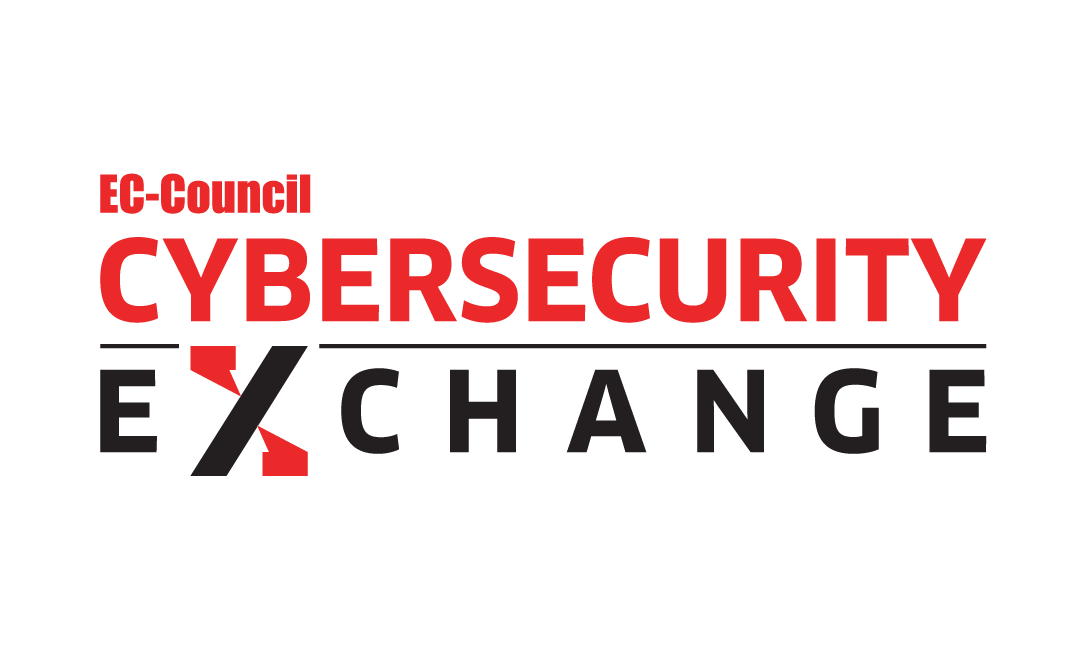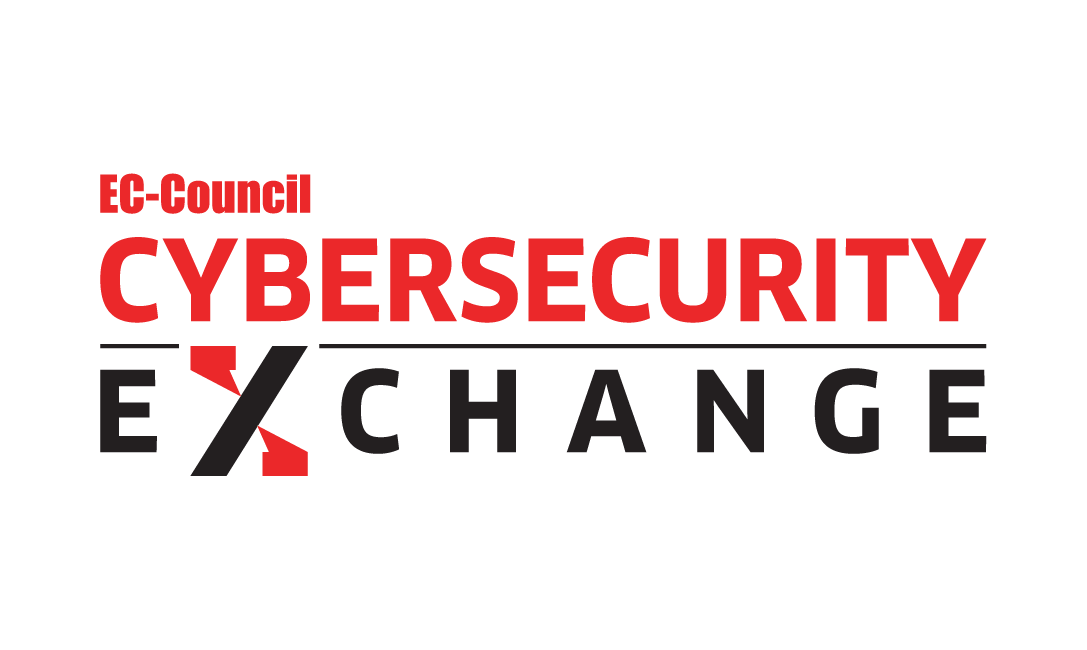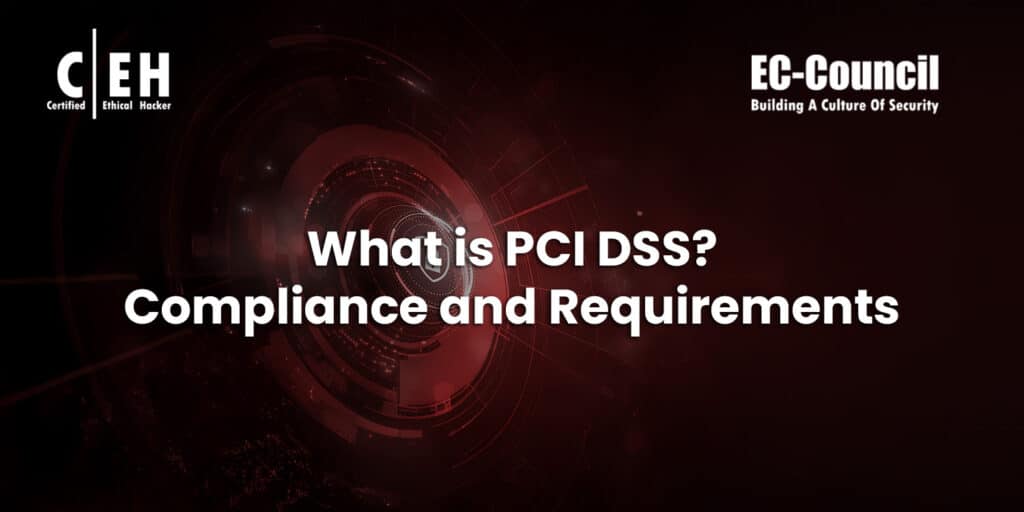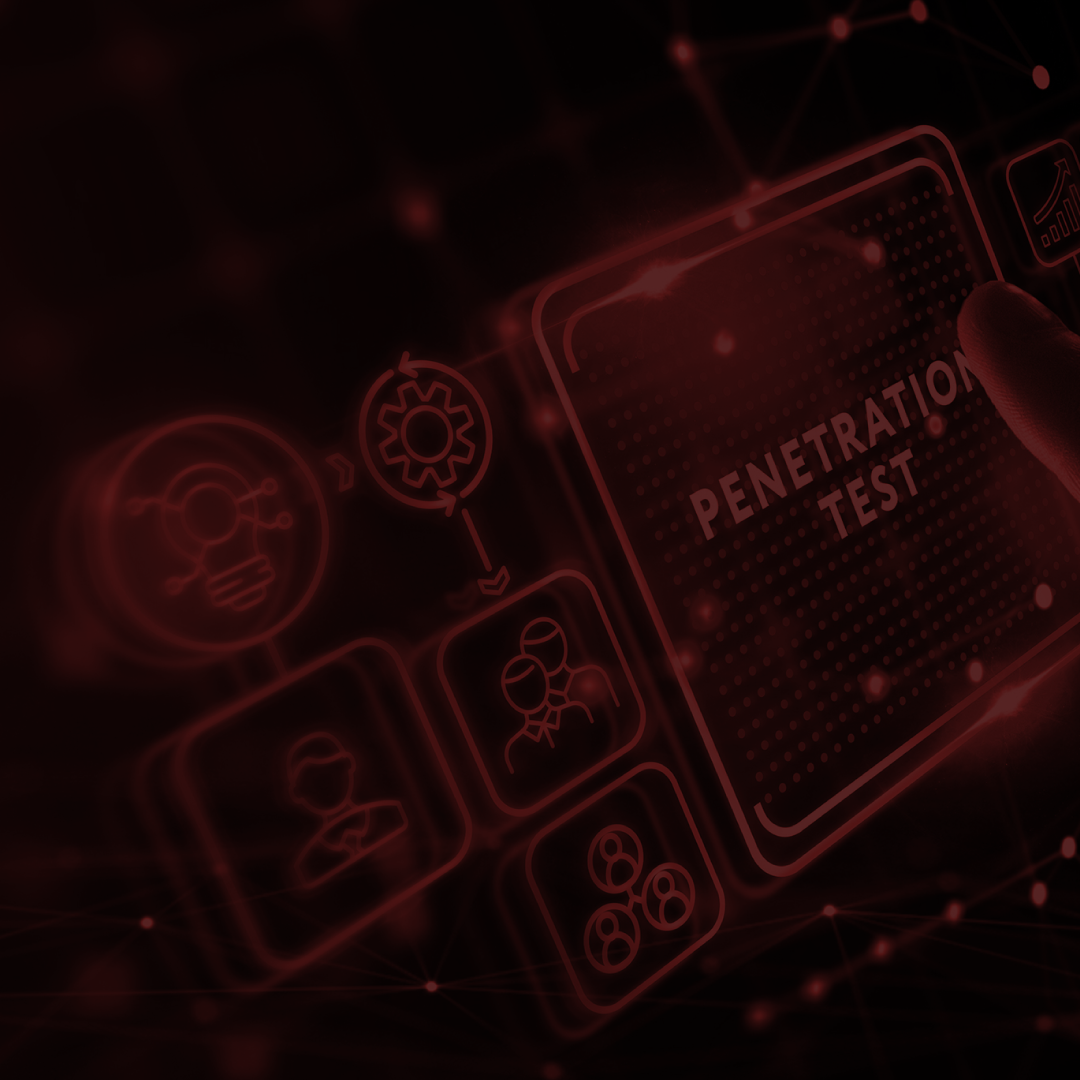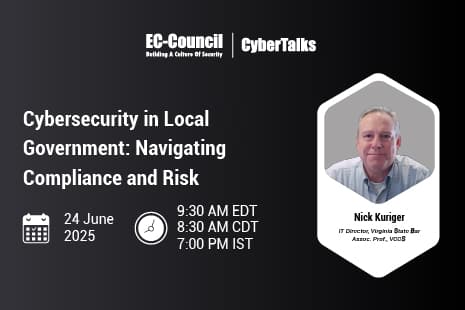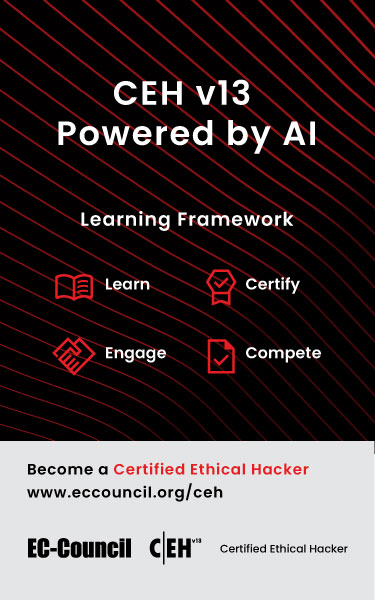As digital payments grow, so do the risks of advanced attacks targeting cardholder data. Every transaction, swipe, and stored card number becomes a potential point of vulnerability in the digital payments ecosystem. With businesses increasingly integrating payment systems with cloud infrastructure and IoT devices, the stakes have never been higher. Addressing these risks demands a comprehensive security framework, which is precisely where the Payment Card Industry Data Security Standard (PCI DSS) becomes essential. Understanding and adhering to PCI compliance requirements is critical for businesses handling card transactions. Read further to understand the essentials of PCI DSS compliance, explore its requirements, and the critical role it plays in protecting both consumers and businesses from payment card-related.
What is PCI DSS?
The Payment Card Industry Data Security Standard (PCI DSS) is a collection of information security standards mandated by credit card companies, including Visa, MasterCard, Discover Financial Services, American Express, and JCB. Headed by the Payment Card Industry Security Standards Council (PCI SSC), this compliance framework is designed to protect credit and debit card transactions from data breaches and fraud.
In addition, a PCI DSS certification validates an organization’s compliance with these standards, enhancing trust and security in their handling of payment card data. Achieving the PCI certification usually depends on the time taken to complete the self-assessment questionnaire and pass the PCI compliance scan, which assesses the security of the organization’s systems and processes.
The PCI data security standard offers diverse resources to help organizations secure cardholders’ information, especially during data transmission. Therefore, it becomes central to providing a framework for creating secure payment card systems that effectively identify and respond to threats.
Why is PCI DSS Important?
PCI DSS is important because it sets strong security standards to protect cardholder data from breaches and fraud. By following the set guidelines, organizations can secure payment transactions, build consumer trust, and reduce the risk of attacks and financial penalties. This framework helps enhance payment system security and ensures organizations are ready to detect and respond to fraud effectively.
Non-compliance with PCI DSS standards can lead to severe penalties, including fines of up to $500,000 per incident imposed by payment card brands for security breaches (U.S. Santa Cruz). Beyond financial penalties, companies may face reputational damage, client lawsuits, and a loss of trust due to inadequate security measures. However, PCI compliance offers several benefits to organizations. By implementing strong security measures, it helps prevent fraud and safeguard payment transactions. A few other benefits include:
- Improved data security: It helps organizations strengthen their overall security posture by implementing well-rounded security measures such as encryption, access control, and regular security testing, all of which are validated through a PCI audit. This reduces the risk of data breaches and protects cardholder data against fraud.
- Promotes business growth: It boosts business progress by enhancing trust with partners who prioritize security. Organizations meeting PCI standards promote and safeguard partnerships, as compliance demonstrates a commitment to strong data protection, which is extremely crucial in today’s dynamic digital era.
- Forms a baseline for other standards: Adhering to PCI DSS helps companies establish a strong security foundation. Following PCI DSS not only ensures compliance but also aids in meeting other security standards like HIPAA, GDPR, and SOC 2, thereby promoting a holistic IT security strategy.
- Shields against fines and legal penalties: Under PCI DSS, fines are imposed on the acquiring bank and passed to the non-compliant organization. These monthly fines make the process costly. Additionally, this non-compliance often overlaps with GDPR non-compliance, which can lead to severe penalties as well.
Who Needs to Comply with PCI DSS?
PCI DSS compliance is crucial for organizations involved in payment card transactions. This usually includes merchants, payment processors, financial institutions, acquirers, issuers, and service providers. Essentially, if your business handles, stores, processes, or transmits cardholder or sensitive authentication data, you must adhere to the essential PCI security standards.
The framework defines four levels of compliance, each with specific PCI requirements for assessment and validation. These PCI compliance levels are primarily based on the number of transactions processed per year (Irwin, 2022):
- Level 1: Merchants processing over 6 million transactions in a year (typically requires an external audit assessment with a properly documented report for validation)
- Level 2: Merchants processing between 1-6 million transactions in a year (typically requires annual self-assessment questionnaires for validation)
- Level 3: Merchants processing 20,000 to 1 million transactions annually (typically requires simpler self-assessment questionnaires for validation)
- Level 4: Merchants processing less than 20,000 annual transactions (typically requires basic self-assessment questionnaires for validation)
How to Achieve PCI DSS Compliance?
Achieving PCI DSS compliance is a structured process that involves implementing the 12 main PCI DSS requirements designed to safeguard cardholder data and ensure a secure transaction process. This process includes rigorous evaluation and validation by Qualified Security Assessors (QSAs) and deep internal assessments led by Internal Security Assessors (ISAs). The requirements are as follows (PCI Security Standards Council, 2018):
- Implement a firewall configuration: Create standards for firewall and router configurations to ensure that the cardholder data is secure against inbound or outbound access. Additionally, review and update these configuration rules at regular intervals.
- Refrain from using vendor-supplied defaults: Do not use vendor-provided defaults and settings for network devices. Always change them or deactivate unnecessary default accounts, use strong cryptography, and craft configuration standards for maximum security.
- Safeguard stored cardholder data: Cardholder data should only be retained in cases of crucial business needs. Therefore, a limit should be set for cardholder data storage, making all sensitive authentication data unrecoverable and obstructing PAN when displayed to protect it against fraud or breach.
- Leverage encryption of data across open networks: Use strong encryption standards and secure protocols to protect sensitive cardholder data transmission over open/public networks. Follow best industry practices and standards to maintain authentication and shield transmission.
- Protect against malware and keep anti-virus software updated: Install anti-virus software on personal computers and servers. Regularly assess evolving malware threats, conduct in-depth scans, and ensure all anti-virus tools are up-to-date. Keep an eye on anti-virus mechanisms to ensure their appropriate functioning.
- Maintain secure systems and applications: Prioritize safety against security weaknesses by promptly installing relevant security updates. Maintain and protect systems and applications from threats by performing yearly assessments of application vulnerabilities and using automated tools.
- Restrict access to cardholder data: Restrict access to system components and cardholder data to specific employees. Implement access control systems as well as document security policies and procedures consistently across the organization to ensure awareness and compliance.
- Authenticate system access: Ensure every individual accessing the system or related components is uniquely identified by assigning them a distinct user ID. Develop policies and procedures to manage user identification effectively for both regular users and administrators across all system components.
- Lock up the physical access: Restrict access to cardholder data and implement effective facility entry controls to regulate and oversee physical access to systems. Establish procedures to easily differentiate between staff and visitors, such as issuing ID badges.
- Properly monitor access to network resources: Track and monitor access to network resources using logging software and mechanisms. Implement automated audit trails, utilize time synchronization technology, and review security events critically to identify anomalies.
- Test your systems well: Evaluate security systems and procedures at regular intervals. Conduct internal and external network vulnerability scans and establish a penetration testing approach at least annually, considering any significant network upgrades or changes.
- Establish a well-defined security policy: Maintain a security policy that is regularly reviewed and updated. Conduct an annual risk assessment process to identify threats and vulnerabilities. Develop usage policies for essential technologies such as remote access, wireless devices, laptops, tablets, email, etc.
What are the Challenges in PCI DSS Compliance?
Achieving and maintaining PCI compliance is crucial for businesses involved in payment card services and transactions, yet challenges may persist. Here’s a detailed overview of the common challenges faced:
- Extreme compliance costs: Many businesses face issues with the finances associated with implementing and maintaining security measures. Organizations need to invest in hardware, software, employee training, and audits, which are initially high but crucial for the prevention of future data breaches.
- Complexity of technical requirements: Navigating the technical requirements of PCI DSS compliance can be challenging. Businesses might find it challenging to implement security measures, including data encryption, network security, and access controls.
- Lack of competent workforce: Achieving and maintaining PCI-DSS compliance is crucial for an organization’s security. However, due to a shortage of skilled professionals, compliance is often treated as a one-time event rather than a continuous process, leading to improper maintenance and failures during audits.
- Continuously upgrading standards: The PCI data security standards are regularly updated to tackle emerging threats and new technologies. Keeping up with these changes is crucial, but it can be burdensome for some businesses, especially those with limited budgets and personnel.
To overcome these compliance challenges, businesses need to follow a structured approach and leverage strong security strategies. A few of them are as follows:
- Conduct internal audits: Perform internal audits and in-depth assessments to learn about the storage of cardholder information and the safety policies already in place. This helps understand the compliance gaps and allows for timely corrections and improvements.
- Practice patch monitoring: Implement a continuous patch management program to maintain PCI DSS compliance despite challenges. This regularly scans and promptly patches vulnerabilities in your systems, along with simultaneous documentation of all updates to ensure compliance.
- Utilize automation tools: Utilize automation tools and technologies to set up compliance efforts and detect potential security breaches in real-time. Automated scans for vulnerabilities, collection of log files, and more can reduce manual errors and improve response to threats.
- Prioritize Employee Awareness Training: Conduct regular training sessions for employees on compliance methods, industry best practices for data security, real-time challenges they might encounter, and define their overall role in securing sensitive data.
After learning the challenges and success strategies, let’s examine the latest updates in PCI DSS v4.0 to better understand the dynamic landscape and how PCI DSS simultaneously evolves with it.
What are the Updates in PCI DSS 4.0?
PCI DSS 4.0 is the newest version of the compliance standard. It has introduced several changes aimed at enhancing security measures, adding flexibility and support to security approaches, improving payment validation practices, and addressing evolving threats in payment card environments. The key changes in PCI 4.0 include (Secureframe, 2023):
- Emphasis on a more rigorous and continuous approach to risk assessment
- Keeping a check on the safety of sensitive authentication data
- Focus on critical safety measures against malware, phishing attacks, and more
- Documentation and regular updates in security awareness programs
- Stringent passwords and authentication procedures to shield against fraud>
New Requirements include:
- Utilizing enhanced authentication measures such as multi-factor authentication
- Updated password policies with minimum password length from 8 to 12 characters
- Revised guidelines for shared, group, and generic accounts
- Exclusively defined roles and responsibilities for each requirement
Learn about PCI DSS in the C|EH
Achieving PCI compliance certification and maintaining it not only safeguards an organization’s reputation but also promotes a secure payment ecosystem. By aligning with PCI DSS requirements, businesses mitigate the risks of data breaches and protect cardholder data, fostering trust and operational integrity.
For professionals aiming to deepen their understanding of PCI DSS, certifications such as the Certified Ethical Hacker (C|EH) offer essential insights into compliance and security frameworks. The C|EH certification curriculum includes PCI DSS as a foundational component, covering the basics of information security controls, relevant laws, and standard procedures. C|EH by EC-Council is the World’s no. 1 ethical hacking certification, a globally recognized credential that validates an individual’s skills in ethical hacking.
Learn beyond PCI DSS in CEH:
CEH the globally in-demand certification by employers covers the core domains of cybersecurity and is one of the course to make you job ready with hands-on training in more than 220+ labs, 550+ attack techniques, knowledge based exam and 100% practical exam, and with 12 CTF style competitions as a part of continuous learning. CEH is the only ethical hacking certification to train you with AI skills mapped to every ethical hacking activity, making you one of the formidable cybersecurity professionals with AI cybersecurity skills. Get CEH engage and CEH compete as a part of your training.
References
Irwin, L. (2022, September 6). A guide to the PCI DSS compliance levels. IT Governance. https://www.itgovernance.eu/blog/en/a-guide-to-the-4-pci-dss-compliance-levels
PCI Security Standards Council. (2018, July). PCI DSS Quick Reference Guide: Understanding the Payment Card Industry Data Security Standard version 3.2.1. https://listings.pcisecuritystandards.org/documents/PCI_DSS-QRG-v3_2_1.pdf
Secureframe. (2023, February 28). What’s New in PCI DSS 4.0? The Major Changes You Need to Know. https://secureframe.com/blog/pci-dss-4.0
U.S. Santa Cruz. PCI-DSS: Security – Penalties. https://financial.ucsc.edu/pages/security_penalties.aspx#non
